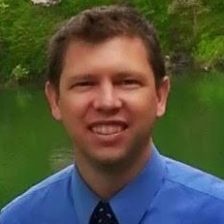Functional leadership is model that concentrates on how leadership occurs, rather than focusing on who does the leading. It defines the types of behaviors that guide an organization and then looks at how those behaviors occur. Under this model, leadership is a distributed function. People at all levels can participate in guiding the organization. One of the cornerstones of this leadership model is its focus on how instead of who.
This approach has some tremendous advantages. The models that focus on who leads tend to look at the person with formal authority in an organization. In many situations, the person with formal authority is not the real leader. Sometimes there is no single “real” leader. Even an organization that appears to be floundering is being led. People are still making decisions and forming opinions.
The functional leadership model looks at how these types of decisions are being made—even when there is no single person who is acting as a leader. By focusing on the function of leadership, it is easier to see the stimuli that are actually influencing the behavior of the organization—even if the input is coming from informal and unlikely sources.
Functional leadership is often used to describe job positions where an individual is expected to take leadership responsibility without any delegated authority. In this sense, they are asked to take on functions of leadership by helping to guide a team or process without being put into a formal position. The up-side of this type of arrangement is that it can keep the individual’s focus on how to influence their team’s behavior instead of how to exert their authority. The down-side is that it can result in inefficiency because they may not have the authority to make needed changes.
John Adair’s “three circles” have heavily influenced the functional model of leadership. These three circles represent the areas where leadership functions occur. Those areas are:
- Task
- Team
- Individual
In general, this model looks at how needs are met in these three areas. In most organizations, the formal leader meets some of the needs in these three areas. Some needs are met by individuals who are taking on the leadership function even if they have no formal leadership role.
By identifying the need areas, a list can be formed showing the things that must happen for leadership to occur. By looking at where these things are occurring in a functioning system, you can gain insight into the actual process that is taking place without being misled by the titles and formally assigned roles.
